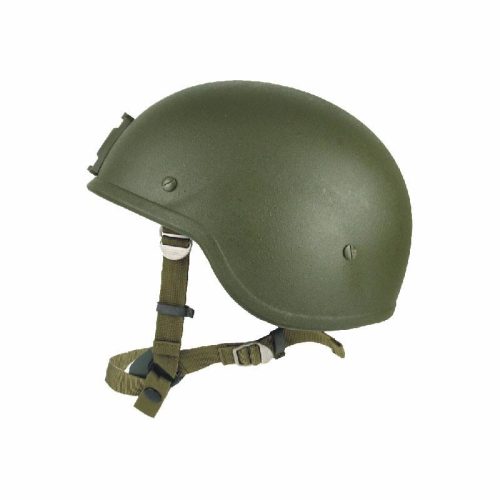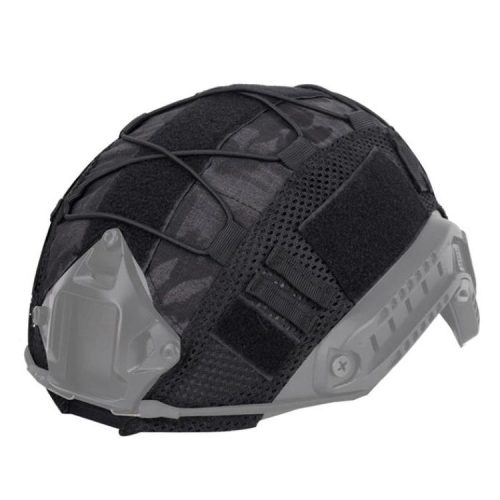The history of helmets spans thousands of years, evolving from simple protective headgear to advanced, specialized designs for various purposes. Here is an overview of the history of helmets from ancient times to the modern era:
Ancient Helmets:
- Leather and Metal Helmets (Bronze Age – Iron Age): Some of the earliest helmets were made of leather and bronze. These helmets provided basic protection for the head during combat and were often decorated with intricate designs.
- Greek Hoplite Helmets (8th – 6th Century BC): The Greeks introduced the Corinthian helmet, an iconic design with a full face covering except for the eyes. This design offered better protection for soldiers in phalanx formations.
- Roman Helmets (1st Century BC – 5th Century AD): Roman soldiers wore various helmet types, including the iconic “galea,” which had a distinctive ridge on top for added strength and protection.
Medieval Helmets:
- Viking Helmets (8th – 11th Century): Vikings used helmets made of iron with a conical or spangenhelm design, offering protection for the top of the head.
- Knight’s Helmets (12th – 16th Century): Knights and medieval warriors used a variety of helmet styles, from the simple conical helm to the more sophisticated great helm and visored bascinet.
Renaissance and Early Modern Helmets:
- Barbute Helmet (15th Century): The Barbute helmet, featuring a T-shaped opening for the eyes and mouth, was popular during the Italian Renaissance.
- Morion Helmet (16th – 17th Century): The morion helmet was used by conquistadors and other soldiers during the Age of Exploration. It had a distinctive crested design.
18th – 19th Century Helmets:
- Tricorn Hat with Crest (18th Century): Soldiers during the American Revolutionary War and the Napoleonic Wars often wore tricorn hats with attached crests for limited head protection.
- Shakos and Kepis (19th Century): Military headgear during the 19th century, including the Napoleonic-era shako and the later kepi, provided limited protection and were more decorative than functional.
Modern Helmets:
- World War I Helmets (Early 20th Century): The “Adrian” helmet, introduced by the French in WWI, was one of the first modern steel helmets used in combat. It offered significant protection against shrapnel and projectiles.
- WWII Helmets: The iconic M1 helmet, introduced by the U.S. military during WWII, provided excellent protection and served as a model for many modern military and sports helmets.
- Sports Helmets (20th Century – Present): Helmets became widely adopted in various sports, such as American football, cycling, and skiing. These helmets have evolved to offer better protection, comfort, and specialized features.
- Motorcycle Helmets (20th Century – Present): Motorcycle helmets have evolved from simple “pudding basin” designs to advanced full-face, modular, and open-face helmets, incorporating materials like fiberglass, carbon fiber, and advanced impact protection systems.
- Bicycle Helmets (20th Century – Present): The introduction of the bicycle helmet, starting in the mid-20th century, revolutionized cycling safety. Modern bicycle helmets use materials like EPS foam and MIPS technology to enhance protection.
- Military and Tactical Helmets (20th Century – Present): Military helmets have continued to evolve with the introduction of Kevlar and advanced materials. Modern combat helmets offer ballistic protection and compatibility with communication systems.
- Space Helmets (20th Century – Present): Astronauts wear specialized space helmets for protection in the vacuum of space. These helmets include integrated life support systems and advanced visors.
Helmets have come a long way from their ancient origins, with modern designs prioritizing not only protection but also comfort, adaptability, and specialized features for different activities and environments. The ongoing development of helmet technology continues to enhance safety in various fields, from sports and military to space exploration.


